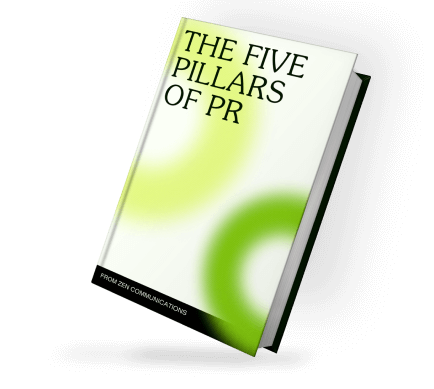Free e-book download click to download the first two chapters of ‘The Five Pillars of PR’
Having recently attended the two-day NLP Level 1 course in Birmingham, we realised that there was a significant benefit of implementing NLP into business, and in particular, PR. Although learning many different skills on the course, one aspect which naturally stuck out was the use of sensory language.
NLP – or Neuro Linguistic Programming – was developed by John Grinder and Richard Bandler in the 1970s. After claiming a strong connection with the neurological processes (‘neuro’), language (‘linguistic’) and behavioural patterns learned through experience (‘programming’), John and Richard believed that they could each be changed to achieve specific goals in life.
But first, let’s go back a notch and talk about ‘sensory acuity’. We all have sensory acuity, but most of us don’t actually take too much notice or tune in to what’s going on around us, but instead listen to what the person we’re face-to-face with is talking about.
Tuning in to sensory acuity, however, can make much more information available to us and we can use it to our advantage. For example, by becoming aware of minute changes in a person’s appearance, behaviour and body language, such as pupil dilation, breathing rate, and tone of voice, we can more effectively communicate with them.
NLP highlights that we, as humans, communicate in five core sensory ways – visual, auditory, kinaesthetic (feelings and emotions), olfactory (smell) and gustatory (taste). And no person is the same, which also rings true with the type of communication we each prefer – whether we’re aware of it or not.
We can keep an ear out for particular words people use which align with all or any of the five. It’s likely that they’ll cover more than one, but there can be tell-tale signs of what their subconscious mind prefers to process. If they communicate using auditory language, for example, keep an ear out for words describing sounds :-)
We can then use this and implement a technique called ‘matching’, allowing us to introduce additional words in our language which link to a matching type. By doing this – in a subtle way – we can improve rapport on a subconscious level, build a bridge between their world and ours, and communicate in a way which enables them to feel more relaxed in our company.
We all know the mind is a powerful tool like no other, and the fact is that subtle changes in the way we communicate with people can be so useful in face-to-face scenarios, and if we know our audience, potentially in text, too.


Free Download